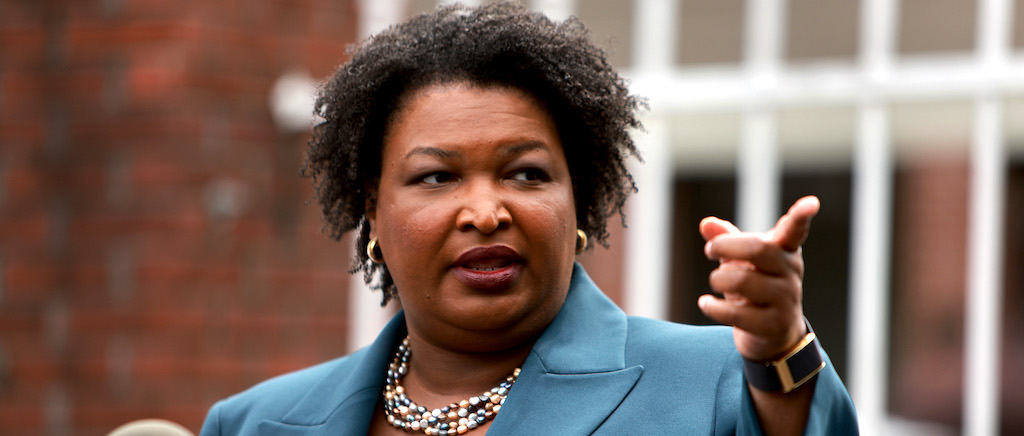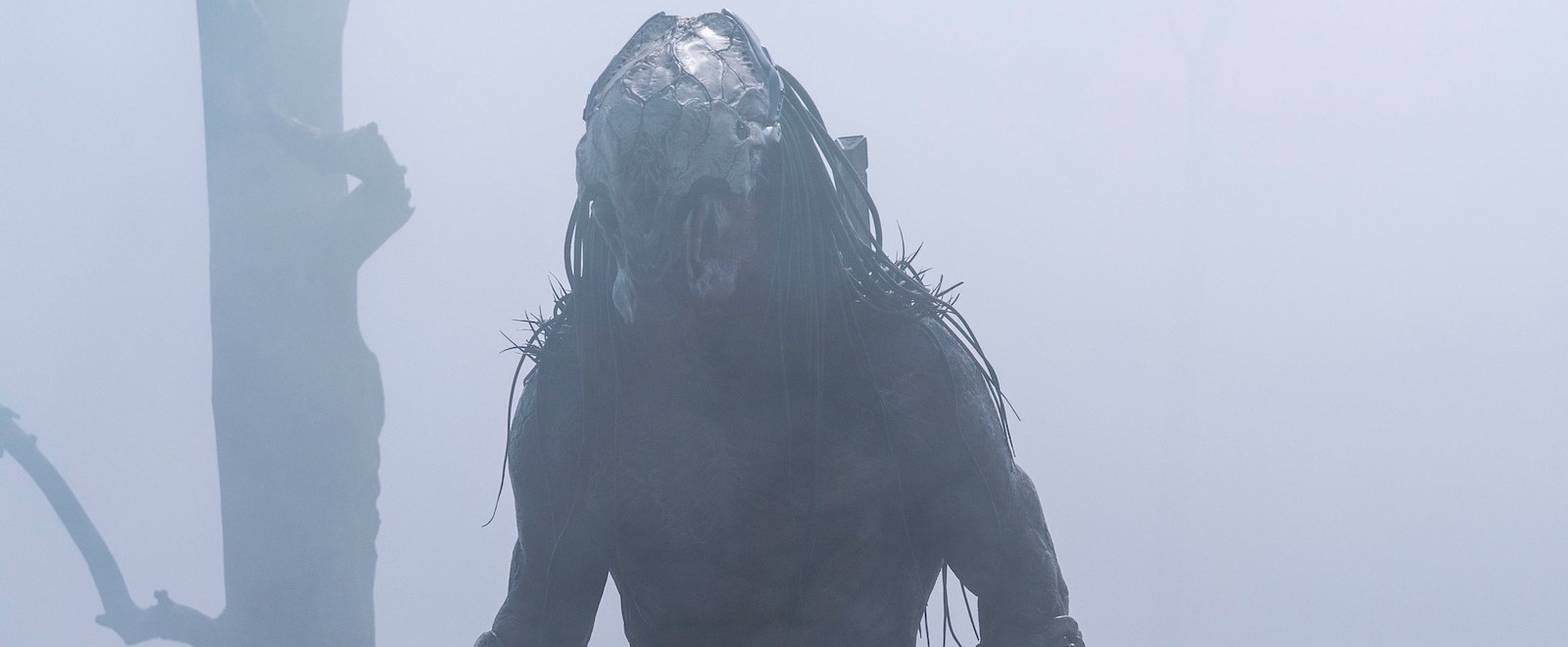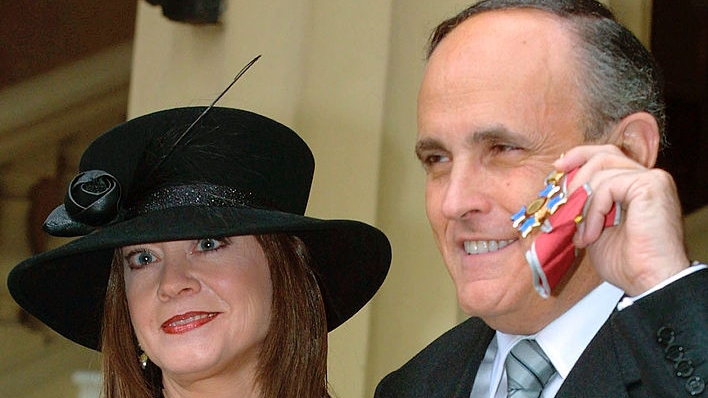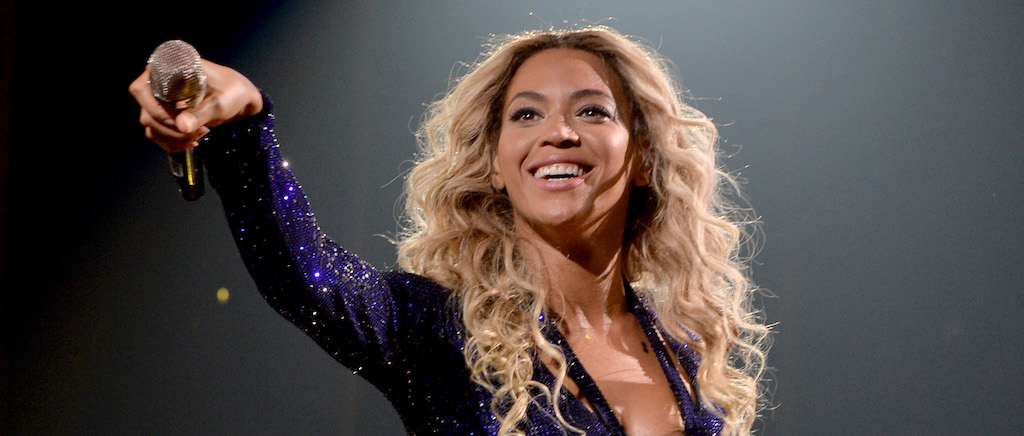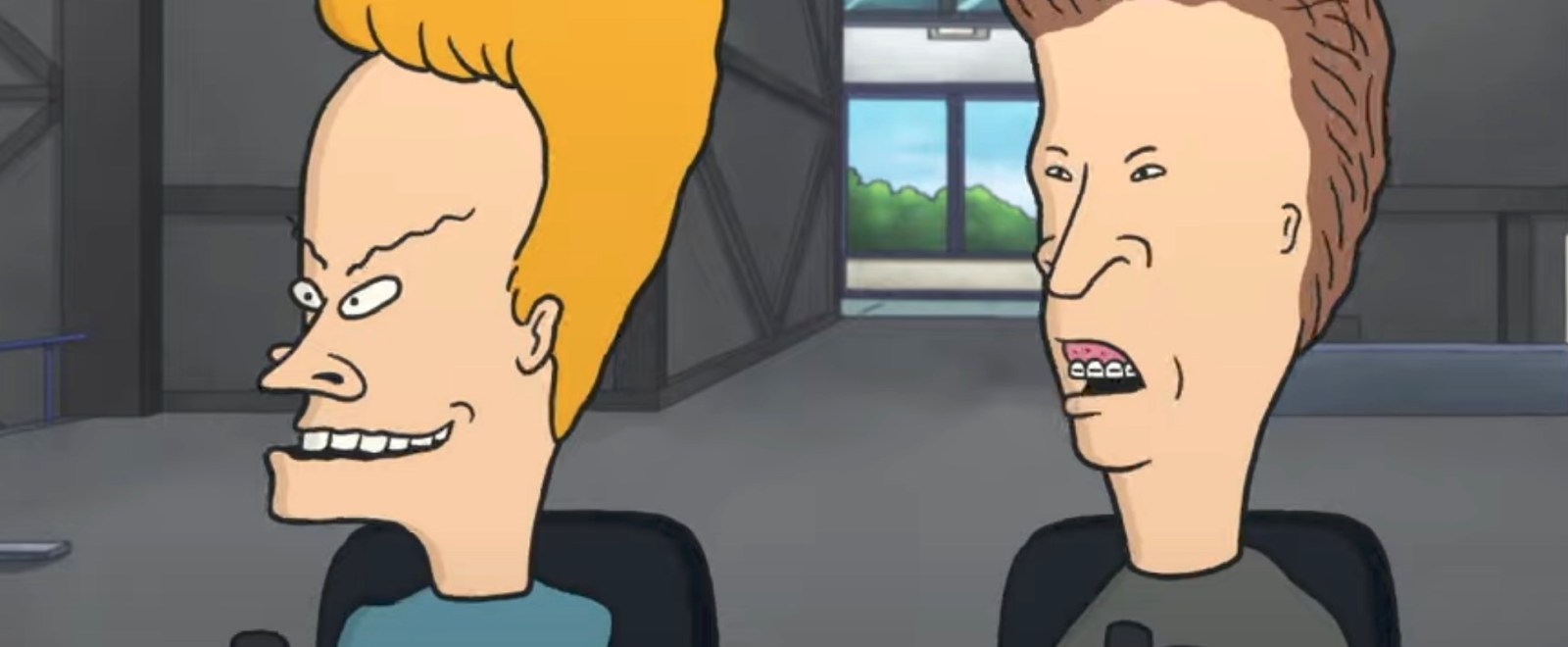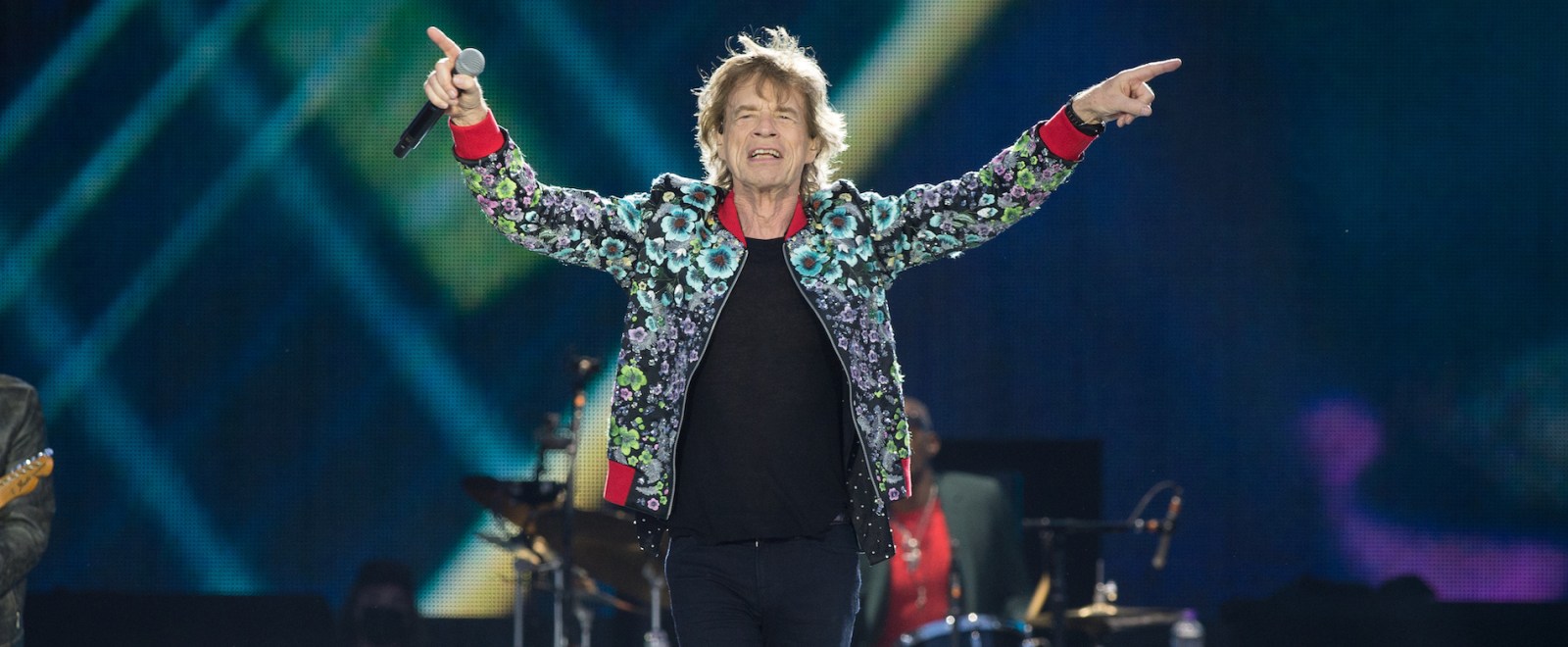The third-year breakout: it happens every NBA season.
Last year, Ja Morant made an All-NBA leap and earned Most Improved Player. Darius Garland became an All-Star. Tyler Herro won Sixth Man of the Year. Two years ago, Deandre Ayton and Michael Porter Jr. enjoyed sizable steps forward. In 2019-20, Jayson Tatum and Bam Adebayo emerged as bona fide stars.
There will assuredly be more folks added to this lengthy history by the time next April rolls around. Among those candidates is Chicago Bulls swingman Patrick Williams, the fourth overall pick in 2020 who owns just 93 career games to his name and showcases eye-popping sequences like these.
Playing for a retooled Bulls team that notched its first playoff appearance since 2016-17, Williams was sidelined for nearly five months last season with a left wrist injury. The 6’7 forward missed out on critical experience to assimilate himself to a new cast of teammates, ones who accentuated a winning environment after Chicago notably upgraded its roster from Williams’ rookie season.
Now, the 20-year-old is healthy and entering a stable situation in his third year following two seasons of constantly evolving rosters. The degree to which the Bulls factor prominently into the upper echelon of a crowded Eastern Conference is linked, in some capacity, to Williams’ development.
Their offensive centerpieces, DeMar DeRozan, Zach LaVine, and Nikola Vucevic, are all squarely in their prime or have potentially bid adieu to it already (Vucevic scoring resurgence, please). Their defensive anchors are 28-year-old Alex Caruso and 24-year-old Lonzo Ball. Both have historically struggled with injuries and Ball’s status for the upcoming season, after missing 42 games with a knee issue last year, sadly remains murky.
By virtue of the Vucevic deal, the Orlando Magic own Chicago’s 2023 first-round pick. In acquiring DeRozan via sign-and-trade, it also sent a future first-rounder to the San Antonio Spurs. Point being: This is a good team, albeit one lacking many future assets to enhance a roster founded on players in their prime and/or ones saddled with injury concerns. Williams, along with 22-year-old Ayo Dosunmu, are currently the lone rotation players where substantial steps are presumably baked into their imminent development.
Dosunmu impressed mightily last season, especially for a second-rounder, en route to an All-Rookie nod. Yet he will likely play a reserve role, while Williams should start at the 4 and has hinted at much of the intrigue that rendered him a top-five selection fewer than two years ago.
Prior to the draft, the elevator pitch for Williams’ allure was a 3-and-D big who offered weak-side rim protection and could blossom into a supplementary creation role amid the proper setting. Through 93 career games, he’s continued to display the inklings of that skill package and optimism should rein abundant among his proponents.
He’s drilled 41.3 percent of his 167 regular-season triples and is particularly proficient on spot-up reps, having buried 41.9 percent of his 148 catch-and-shoot looks. The issue, though, is his approach as a long-range shooter belies his small-sample merits. He’s often hesitant on the catch, bypassing quality attempts and surrendering the advantages created by DeRozan, LaVine, Vucevic, and co.
Chicago ranked fourth in three-point percentage last season (36.9 percent), but just 30th in rate (.332). Williams seems like a perfect encapsulation of this dichotomy. He’s leaving opportunities on the table in an offense spearheaded by dudes who can reliably fashion those opportunities for him. Through two seasons, according to NBA.com, he’s logged 167 pull-up twos and 148 catch-and-shoot threes. That is not an ideal relationship. At the very least, you’d hope they’re flipped. Assuming more confidence in his ability to hit triples should be a priority moving forward.
Williams’ three-point rate across five playoff games vaulted from .265 to .447, so the hope is he can maintain that sort of volume. Optimally blending his dribble-drive game with shooting off the catch will elevate his offensive impact to enticing levels as a connective ancillary option. He’s showcased a rather intriguing slashing arsenal, finding teammates as a driver, concisely rising for pull-ups, or leveraging his vertical pop to score at the rim.
With his intersection of size, strength, midrange touch, cutting savvy, and live dribble passing chops, he’s quite the threatening player reading tilted defenses, especially if he grows more assertive. Yet shrewd opponents will anticipate the drive or pull-up and short-circuit their closeouts to contain him.
Williams being less premeditated or timid in these situations could help raise his knack for maintaining or extending advantages. When the opposition does grant his jumper respect, he can puncture them in a variety of manners and Chicago’s offensive pillars know how to generate openings for him.
Although the Bulls often deployed him as a ball-screener last season, it felt like he rarely was afforded touches in those scenarios. I’d like to see his pick-and-roll partners look to feed him on short-roll chances more often because he really can be an excellent weapon working downhill from an advantage.
Among absences, lackluster off-ball scoring (save for LaVine and Ball’s half-season), and middling floor-spacing around the core, Chicago’s unit underwhelmed to a 13th-ranked offensive rating in 2021-22. Williams is the sort of player who, if he fine-tunes some important habits, can be a malleable release valve to help maximize talented offensive personnel.
He moves well off the ball, both on relocations around the arc and cutting into vacant space. He’s a good spot-up shooter who sports multifaceted utility putting the ball on the deck. Heightened aggression, flexibility of approach, and willingness to fire off the catch — assuming he continues to be an excellent spot-up shooter — would morph him into a highly valuable and dynamic background player in Chicago’s offense. These are not easy, overnight alterations, but they are worthwhile ones that may give his squad a chance to scale the Eastern Conference ranks.
The bedrock of the Bulls’ defense is Caruso and Ball, likely the NBA’s chief defensive backcourt duo. Once one (and eventually both) was relegated to the bench for an elongated period, their defense cratered. Fueled by a vigorous, turnover-heavy style, they load the gaps and aim to secure takeaways. As such, that exposes them to risk-taking and breakdowns; the hope is the backline will reliably cover in those instances.
Vucevic, while he touts some defensive strengths (rebounding, lively hands), is not a rim protector or paint enforcer. Williams, equipped with suction cup hands, vertical bounce, awareness and a 7-foot wingspan, is an adept weak-side helper on the interior. Last season, on shots within six feet of the hoop, he held opponents 2.3 percent below their average as the primary defender. A season earlier, that mark stood at 3.2 percent. Both numbers are good for any non-center, let alone someone yet to legally purchase a drink and fresh off their initial two NBA seasons.
From my vantage point, the most pronounced and encouraging aspect of his NBA maturation thus far are the strides he’s cataloged athletically. Pre-draft, he was billed as a pretty stiff athlete who failed to move fluidly laterally. Defending in space — i.e. closeouts or on the perimeter — were arduous tasks at Florida State.
Since then, Williams’ flexibility has improved substantially, which manifests in his screen navigation, on-ball defense, and his drives (on the second video compilation included above, note how he slithers around some defenders to score). Controlling his own momentum after shifting weight one direction is still a concern. He’s prone to ceding driving lanes if a fake or jab sends him a certain way. Guards and speedy initiators are his nemesis.
But he can actually be an irritant against wing or strength-based creators and his movement skills are vastly better than from his collegiate tenure. He’s much more flexible and comfortable in space, even if further refinement is required. Whether he’s approaching the upper limit of his physical development in this regard is not my expertise, yet his headway should be encouraging.
Williams actualizing the frequent previews of a vital skill-set for Chicago this upcoming season can help inform its ceiling. His offense is fascinating, yet inconsistent. His defense is promising, yet not fully formed. The gulf between each of those terms is not impossible to bridge.
The carryover from last year’s rotation should be considerable. Cohesion and structure are accomplices in every young player’s development. Williams has rarely enjoyed that luxury in the NBA. A season to test out, discern, and study the role asked of him is welcomed experience he could parlay into a third year leap.
There are an assortment of non-stars who can swing the fate of teams out East. Williams, more than three weeks shy of his 21st birthday, is among them, fair or not at this stage of his brief NBA stay. Something tells me his age-21 season is gonna be a good one regardless. If or when it is, the Bulls’ fortunes may follow suit.

